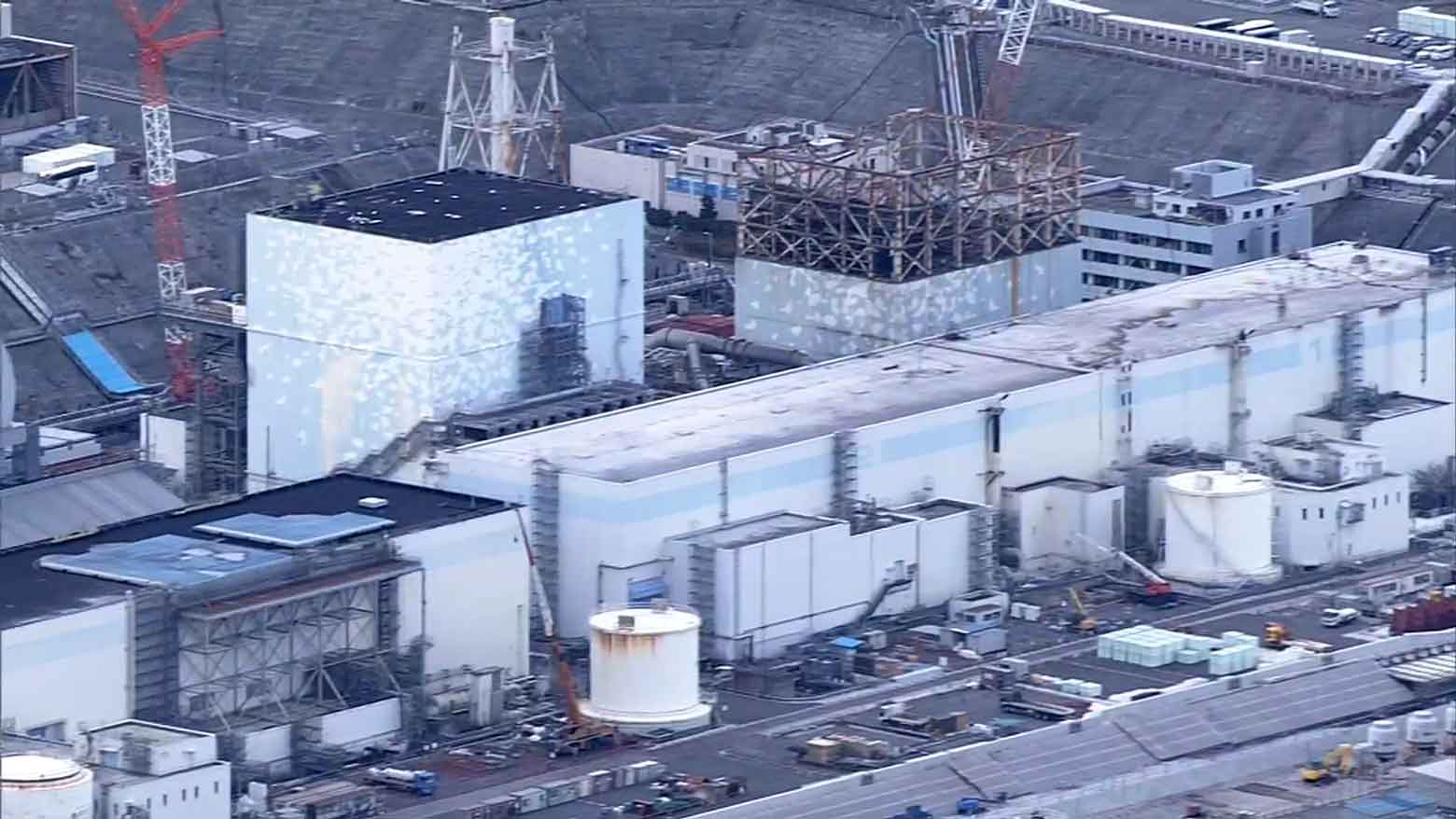TASHIRO KYOKO: The plant’s operator says it will start removing nuclear fuel debris this year. Where are they with that right now?
YOSHIDA AKIHITO: This will be one of the most important operations, and it’s the biggest problem. Officials think they’ll need to remove nearly 900 tons of debris that mixed with parts of the reactor. High radiation levels have prevented workers from doing detailed research inside the reactors, so they have to use robots to investigate the state of the debris.
TASHIRO: It has been a huge ordeal just to get those initial details, but what do they know so far?
YOSHIDA: They’ve done the most advanced probe inside the Number 2 reactor, and that’s where they plan to start removing debris. They’ve been waiting for a robotic arm that they need for the operation, which was developed in the UK. But the pandemic delayed tests on it for one year. As for the other two reactors, officials still need to build more robots to inspect it.
TASHIRO: Most of this process has never been attempted before, anywhere in the world. What do they need to do next?
YOSHIDA: They plan to extract a very small amount, a few grams of debris, from the Number 2 reactor this year. Then, they can figure out if they need to break it into smaller pieces, or use some other approach to get it out. They hope the first sample will help them figure out how to move forward.
One of the most controversial aspects of the decommissioning process is what to do with the vast amount of water that is used to cool molten fuel debris. It mixes with rain and groundwater that has seeped into the damaged reactor buildings over the past 11 years and becomes contaminated with radioactive materials. About 150 tons per day is still accumulating.
The plant operator collects and treats the water by filtering out most of the radioactive substances, but it can’t remove the hydrogen isotope tritium. The treated water has now filled almost 1,000 storage tanks that will soon hit capacity. The Japanese government and the plant’s operator have a plan to mix the treated water with seawater to dilute the tritium to a level well below national standards—and release it into the ocean from next spring.
TASHIRO: Why did the Japanese government decide to release it into the ocean?
YOSHIDA: The government studied six methods to deal with the treated water. They looked at heating it and releasing water vapor into the air, or putting it deep underground. They decided to discharge the treated water into the sea. That’s because they have already established ways to monitor it.
TASHIRO: The government says it’s safe to release the treated water. What is it doing to ensure that?
YOSHIDA: Officials plan to put water through another filtration process. As we’ve talked about, they will dilute it so that the level of radioactive tritium will be well below national standards. It will also be well below WHO standards for drinking water.
TASHIRO: The fishing industry is frustrated with the plan. China is strongly opposed, and South Korea is concerned. How is the government and the operator responding?
YOSHIDA: They’ve asked the UN nuclear watchdog to evaluate the project. Last month, a task force visited the plant. The team includes experts from China and South Korea. As for the fishing industry, officials have said they will improve public awareness about the treated water. That is still a work in progress.

